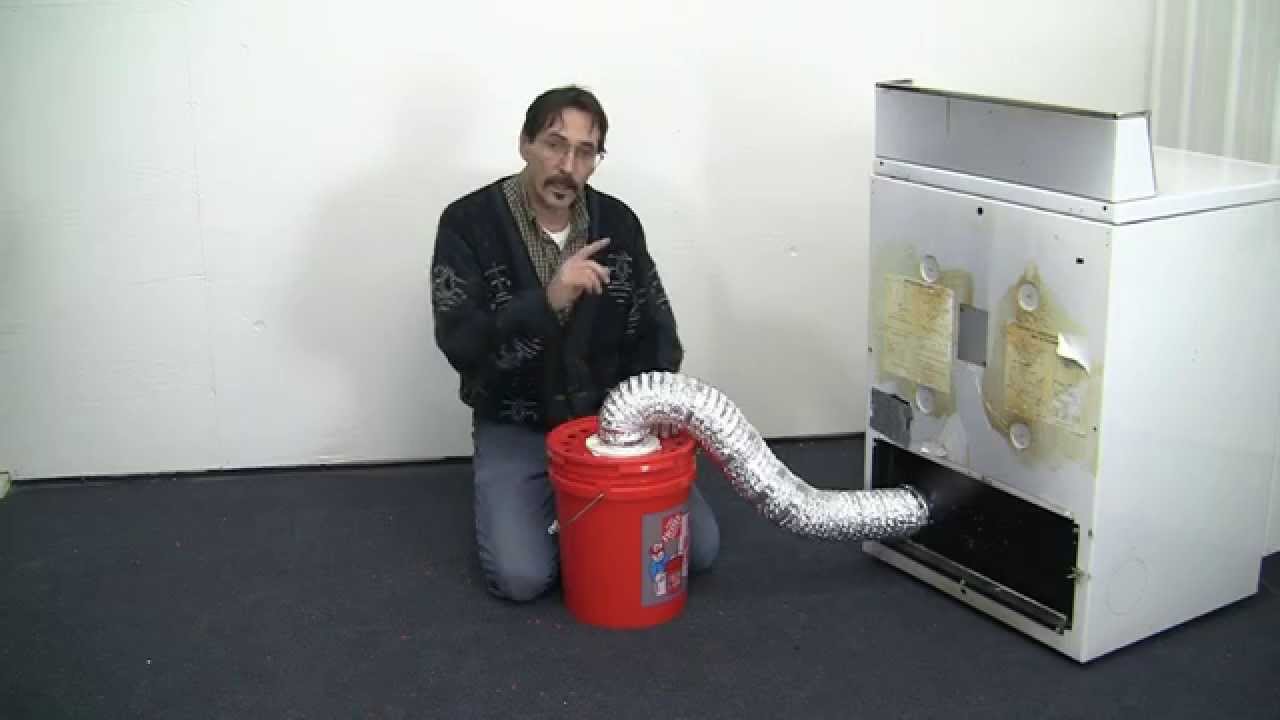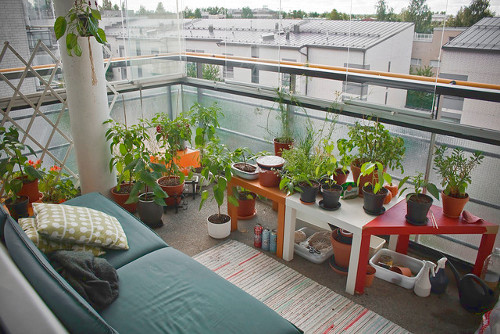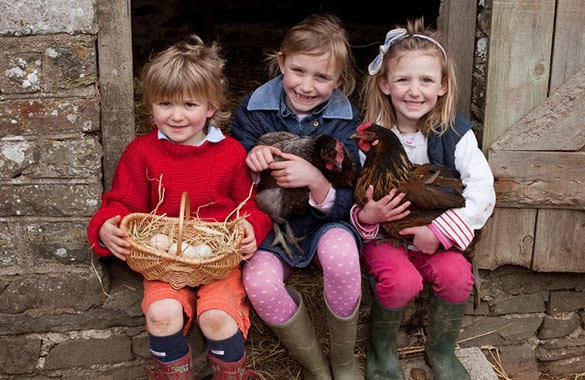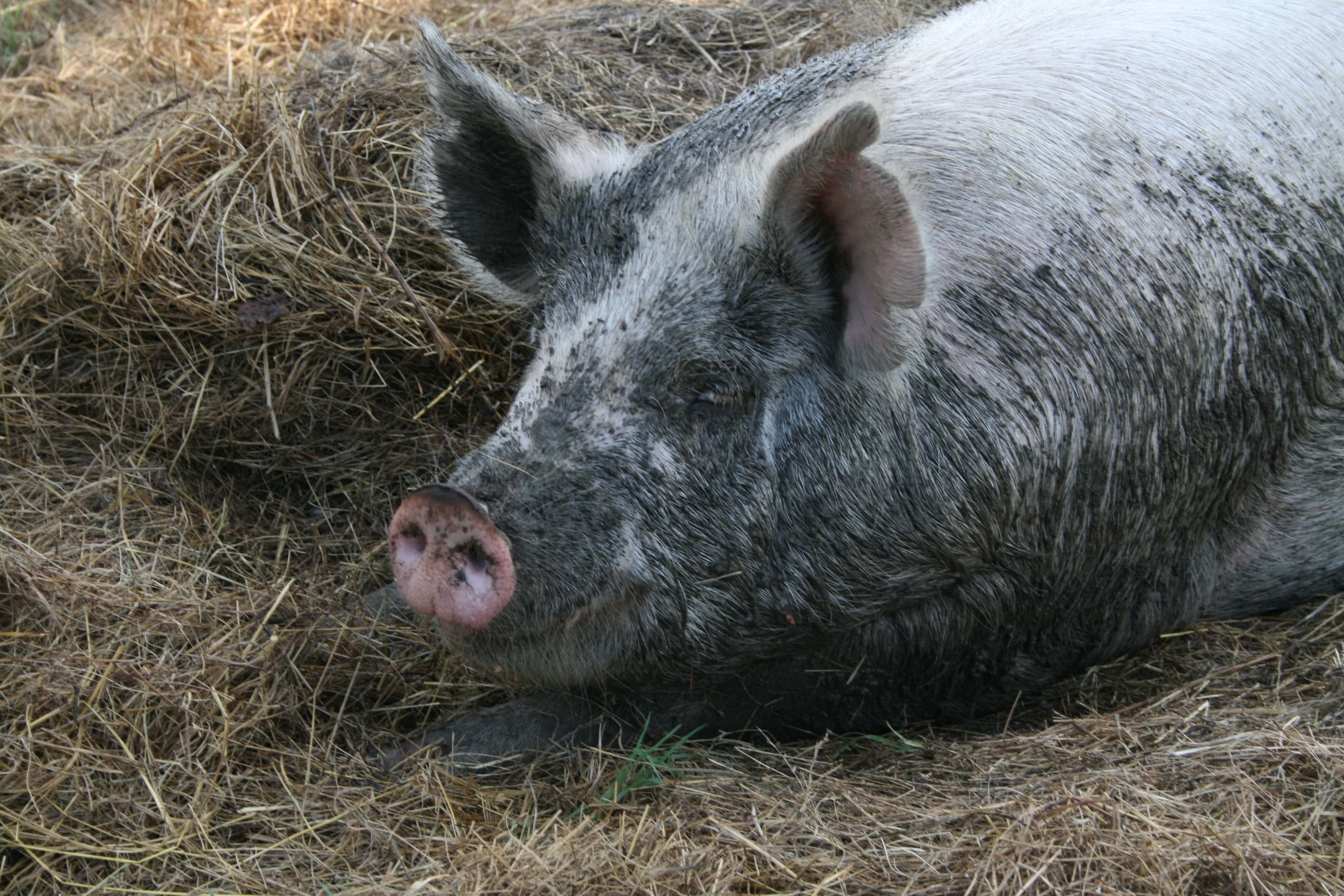Seed Saving Tips (Infographic)
Seed saving is one of the most important skills to have for self-reliance. If done properly, one packet of seeds could last for generations. One of the biggest reasons to seed save is that if you choose the seeds from a healthy, productive plant, is that you are choosing the plant with the genes that … Read more








